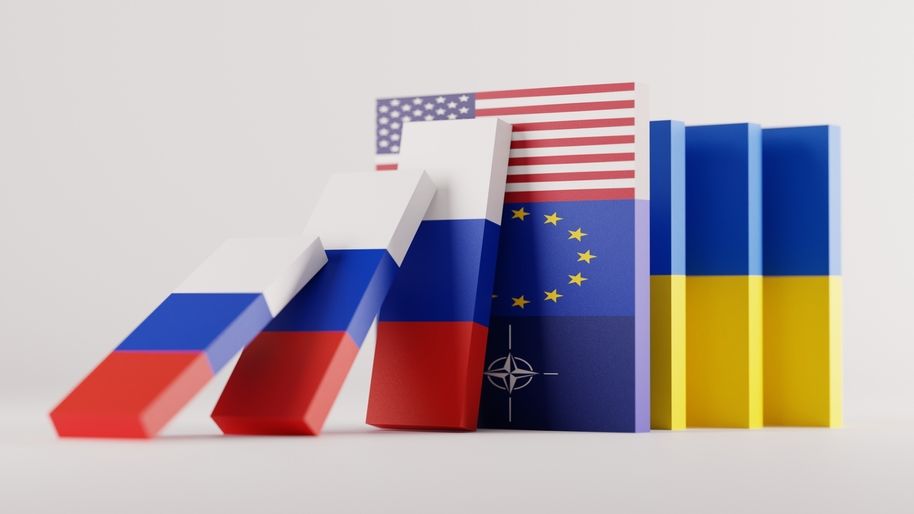In 2022, Russia managed to hide a third of the $227 billion it received thanks to expensive goods.
According to Bloomberg estimates, nearly $80 billion in cash, real estate, and investments are distributed in foreign subsidiaries of Russian companies. This bunker represents “invisible” reserves and keeps the Russian invasion machinery running.
“Thanks to Europe’s delay in intervening in the Russian energy sector, Russia has been able to accumulate funds and run one of the largest current account surpluses in its history,” says Maria Shaginova, an economist at the British International Institute for Strategic Studies.
She went on to explain that the actual freezing of the central bank’s assets last year was not necessary, as Russia could still regain what it lost with this unprecedented move.
However, any new income abroad may tempt additional penalties, especially when it comes to funds under state control. The Kremlin is a shareholder in many of Russia’s largest exporters, which contributed to last year’s windfall. But the question is where did the money end up and who controls it.
According to Alexander Nobel of the state-run Russian Academy of Foreign Trade, assets accumulated abroad are a source for the government to pay potential export duties. “Shadow reserves can be used for the benefit of the state in many different ways,” he says.
For example, Bloomberg noted that it may have played a role in stabilizing domestic inflation in Russia. While the sanctions forced the Russians to reduce demand for imported goods, commodity prices rose, increasing the value of Russian exports in financial terms. Instead of incentivizing companies to accumulate foreign assets, the Russian government relaxed regulations and tried to increase imports from countries that were willing to trade—and in so doing managed to stabilize domestic inflation as well.
However, 2022 will not be repeated for Russia. With lower commodity prices and new restrictions on oil exports that have come into force recently, Russia’s foreign trade surplus has shrunk sharply. The Russian Central Bank expects it to reach $66 billion this year, $48 billion in 2024 and $41 billion in 2025.
Knobel of the Academy of Foreign Trade added that as the EU becomes less dependent on Russian energy supplies, the EU is likely to target Russian money abroad as a potential next target for sanctions.
However, even if foreign governments can find a link in the ownership of new Russian money abroad and by the state, the total amount frozen is likely to be less than officially estimated.
While Russia’s net purchases of foreign assets totaled $107 billion last year, according to the central bank, Bloomberg estimates the figure is likely to be $21 billion inflated.
The agency arrived at the calculation by adjusting spending on tourism, the purchase of a fleet of “shadow” oil tankers, and spending related to Russians opening foreign bank accounts. Such bank transfers distort the data because they appear as an increase in foreign assets, but they represent a transfer of imports.
“It is possible to accumulate hidden reserves in Russia,” says Sergei Guryev, an economist who was an advisor to the Russian government but later left for Paris, where he is now rector of Sciences Po. According to him, the main question is to what extent these reserves are sufficient to finance the budget deficit in 2023.

“Alcohol scholar. Twitter lover. Zombieaholic. Hipster-friendly coffee fanatic.”

